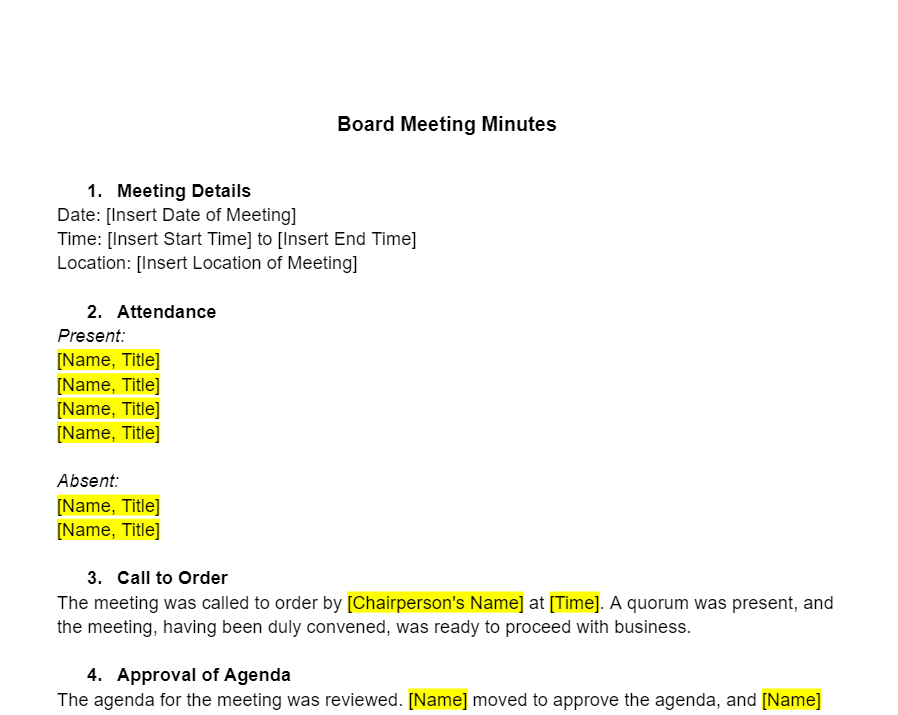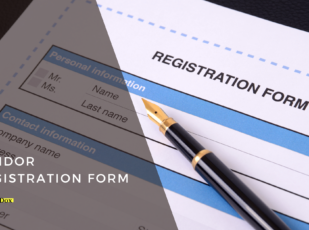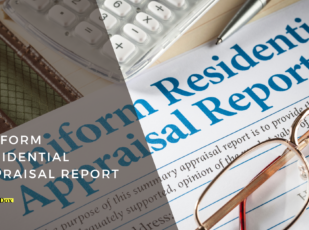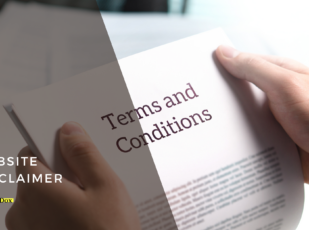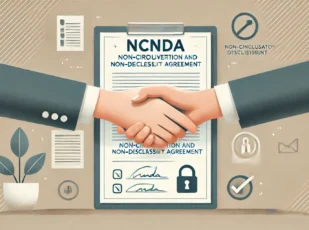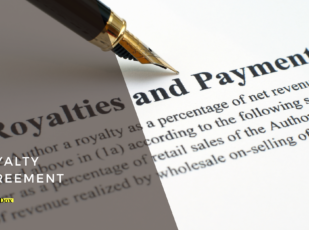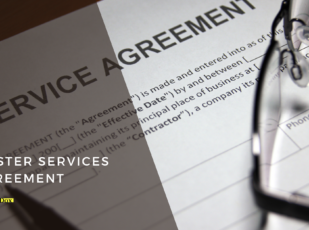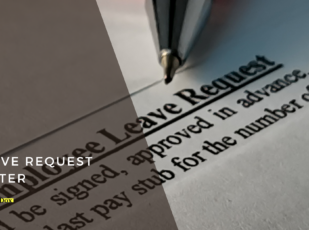
Board Minutes Template
14 Downloads
Corporate
February 17, 2025
Sayantani Dutta
Effective documentation of board meeting minutes is a skill that can elevate the impact of a board of directors’ meeting. The value of minutes extends far beyond mere record-keeping; they are the foundation upon which actionable outcomes are built.
The purpose of this guide is to make planning the process of documenting board meetings easier, offering practical insight and a free template that you can apply directly.
Legal and Compliance Dimensions of Board Meeting Minutes
Board meeting minutes are not optional; they are an indispensable tool with legal and operational significance. These records serve as official documentation of the board’s decision-making process, which allows for a defensible account of how the organization would be in observance of its fiduciary obligations.
They are the silent witnesses to proof of compliance with individual state laws by showing accountability and integrity. Nonprofit organizations, in particular, rely heavily on meticulous minutes to satisfy legal and financial obligations.
Whether it be to maintain tax-exempt status, confirm fundraising efforts, or various other reasons where good governance is in place, the need for such records cannot be overemphasized.
Minutes are more than a summary; they are a verification tool that ties action to organizational bylaws. These bylaws often dictate precise protocols for recording, approving, and archiving minutes, making thoroughness in their preparation not just advisable but essential.
A lapse in accurate documentation could compromise compliance or undermine the board’s credibility. By understanding and respecting this dual role of minutes as both legal safeguards and operational roadmaps, boards position themselves for governance excellence.
A detailed financial report, summaries of old business, and the time of adjournment should also be part of the documented meeting details to ensure comprehensive coverage. In the event of legal proceedings or audits, meeting minutes may serve as essential evidence of compliance with governance standards and the rationale behind the board’s actions.
Structuring Board Meeting Minutes
An effective board meeting template should include the following components.
Meeting Details: Record the date, time, and location of the meeting, as well as the names of attendees, absentees, and any authorized representatives present.
Quorum: Confirm whether a quorum was established to validate the proceedings.
Agenda Items: List the topics discussed, including old business, key points raised, and action items assigned.
Reports: Summarize presentations by the executive director, financial updates, and any other committee reports.
Decisions: Outline motions made, votes conducted, and resolutions passed.
Action Items and Follow-Up: Detail responsibilities assigned to team members and set the next meeting date to ensure continuity.
Time of Adjournment: Record when the meeting formally concluded.
Closed sessions, when applicable, should be documented separately to address sensitive matters such as legal issues or proprietary discussions. Access to these minutes should be restricted to authorized personnel to protect confidentiality.
Types of Meeting Minutes: Open vs. Closed Sessions
Minutes vary depending on the nature of the session. Open session minutes record discussions and decisions made during meetings accessible to the public or stakeholders. These records emphasize transparence and accountability to assure that all those stakeholders are better informed about board action.
In contrast, closed session minutes capture deliberations held privately to address confidential topics such as legal disputes, personnel matters, or sensitive financial data. Such records must be protected, with access limited to authorized individuals, including the chairperson, board president, or legal counsel.
How to Take Board Meeting Minutes
Proper minutes are a requisite element in any board meeting; thus, a formal record is usually made regarding decisions, discussions, and actions.
Preparing for Minute-Taking Before the Meeting
It is important to know what the minute-taker’s responsibilities are. Review your board’s policies and any governance documents provided, such as Robert’s Rules of Order along with organization-specific rules.
Clarify any uncertainties with the chairperson or manager to ensure compliance with both typical legal requirements and your board’s practices. Effective meeting minutes are a formal document and should therefore reflect the activities, decisions, and outcomes of the key activities.
Creating a Template in Advance
Utilizing a prepared board meeting template streamlines the process of recording minutes. A structured template ensures consistency and simplifies note-taking during the meeting. To create a comprehensive template, refer to the meeting agenda and pre-fill sections with known details, such as:
- Type of meeting (e.g., regular or special)
- Date, time, and location of the meeting
- Names of the board chair and secretary
- Expected attendees, including guests and speakers
- Summary of past meeting minutes and updates on outcomes
- Agenda items and planned discussions
- Adjournment time scheduled
- Planned executive or in-camera sessions
If additional materials, such as financial reports or handouts, accompany the agenda, include a list of these documents and any amendments to previous minutes. Ensure you have all necessary tools for minute-taking, including a laptop, notebook, and backup supplies, to avoid disruptions during the meeting.
Documenting Minutes During the Board Meeting
Attendance and Quorum
Begin by documenting attendance to confirm whether a quorum is present. Depending on board preferences, you may take attendance as members arrive or circulate a sign-in sheet. Note any late arrivals or absentees, as this information is crucial for tracking participation and voting.
Filling in the Template
As the meeting progresses, populate your template with notes aligned to each agenda item.
For decisions requiring a vote, record the following details:
- Actions and corresponding times
- Exact wording of motions, outcomes, and the individuals who made the motions
- Votes cast, including those for, against, or abstaining
- Any conflict of interest and how the issue is resolved.
Additionally, document whether past meeting minutes were approved, the discussion of old business, and any new business or appeals. Although executive sessions are not necessarily recorded in detail, their occurrence is to be noted in the minutes. Focus on getting all the information needed, using outcomes and themes rather than a verbatim transcription.
Recording Adjournment and Next Steps
At adjournment, record the time of adjournment and the date and time of the next meeting, if determined. Gather a copy of all reports presented so that your records are complete.
Finalizing Board Meeting Minutes After the Meeting
Review your notes immediately after the meeting to ensure that they are accurate while details are fresh. Make sure to follow your organization’s standard procedures regarding minute approval and distribution. Meeting minutes should be a carefully and objectively recorded account of the actions of the board and be in concert with all lawful and governance requirements.
Finalized board meeting minutes should be prepared well within an extremely short time after the meeting while discussions and decisions are fresh in your mind. During transcription, meticulously review the minutes to ensure all motions, actions, and discussions are accurately captured.
Where necessary, add short explanations and justifications for board decisions to help make things clearer. If any uncertainties arise, consult with the board chair for clarification. Accountability is a critical aspect of note-taking.
The conclusion of the minutes should specify the commitments the directors and leadership team have, so the board chair can track this and enforce accountability. Attach relevant reports or supplemental documents as appendices or provide clear instructions on where these materials can be accessed. This approach ensures the completeness and usability of the meeting record.
Timely Distribution of Meeting Minutes
The distribution of board meeting minutes immediately helps in enhancing transparency while providing an opportunity to have an effective follow-up. Ideally, minutes circulated to board members for review and approval should appear before the date of the next meeting. Whether shared via email, hard copy, or through a secure cloud-based board portal, timeliness remains key.
Cloud-based board portal software is particularly advantageous as it presents enhanced security and functionality. These platforms protect sensitive information while allowing easy linking to additional documents within minutes. Second, board members can comment or discuss specific items directly. This can streamline the review process.
Secure Storage of Meeting Records
As the official record of a board meeting, minutes must be stored securely and remain accessible for future reference. Finalized minutes, including any supporting documents, should be placed in a password-protected system accessible only to authorized board members.
This approach protects this sensitive information, while the essential records are kept easily accessible for later use. Many boards opt for digital storage solutions, leveraging online platforms for ease of access and secure retention.
Choose a storage method that offers strong security features and caters to the needs of your organization. Proper storage ensures that the board’s decisions and discussions are kept for reference, compliance, and accountability.
Download a Customizable Board Minutes Template with a Free Trial of FreshDox
Sign up for a free 7-day trial of our platform and get access to our fully customizable board meeting minutes template. Never get caught unprepared again and ensure your organization stays on track with fulfilling your mission. Our templates are easy to edit and downloadable in PDF and Word formats. Sign up for your free trial today and check out our catalog of templates for business.
Related Templates
Discover more templates that align with your needs and preferences.

Ready to Sign Up?
Sign up for FreshDox.com’s 7-day trial and discover why so many individuals and businesses trust us for their legal document template needs.
- Cancel any time
- 7-day free trial
- From 300+ Customer Reviews

